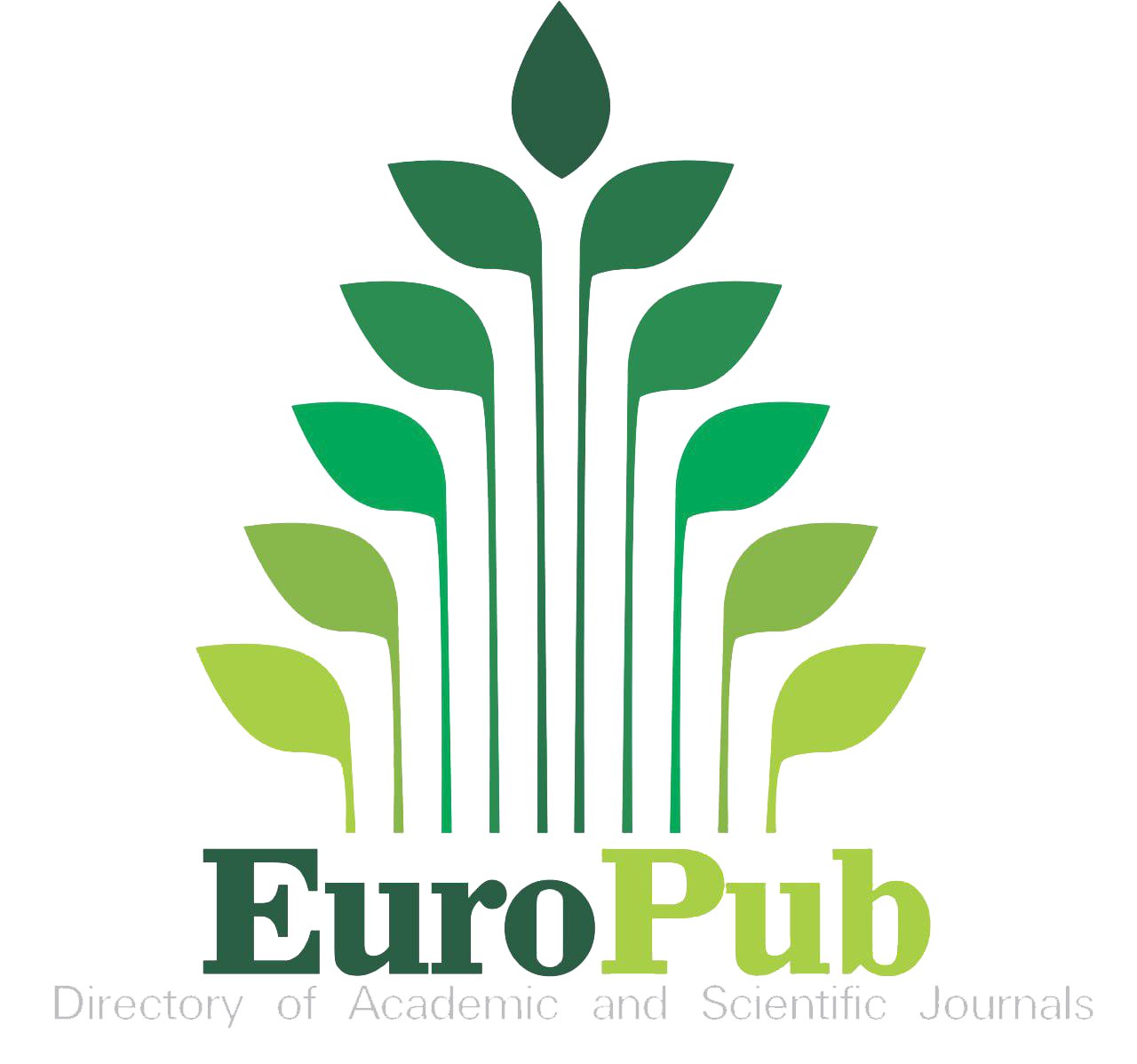Abstract
We are considering a novel method for analyzing time series data that relies on quasi-linear recurrence relations. Unlike neural networks, this approach allows for directly formulating high-quality quasi-linear difference equations that accurately represent the studied process. Techniques for determining the parameters of a single equation have been devised and validated. This work discusses and tests a technique for identifying the parameters of a quasi-linear recurrence equation. This approach is employed to tackle the issue of regression analysis including observable variables that are mutually dependent. It enables the utilization of the Generalized Least Deviations Method (GLDM). This model was utilized in a computational experiment to determine the parameters of quasi-linear differential equations that describe the spread of Covid-19 infection. The model underwent testing on three distinct types of processes: (1) monotonous (predicting cumulative cases); (2) oscillatory (predicting daily cases). The specified parameters allow the model to generate long-term predictions.
Recommended Citation
Abotaleb, Mostafa; Makarovskikh, Tatiana; and J, Ramadhan, Ali
(2024)
"Exploring the Identification of Autoregression Model by General Least Deviation Method,"
Al-Bahir: Vol. 5:
Iss.
2, Article 4.
Available at: https://doi.org/10.55810/2313-0083.1074
References
1] Panyukov AV, Tyrsin AN. Stable Parametric Identification of Vibratory Diagnostics Objects. J Vibroeng 2008;10(2):142e6.
[2] Abotaleb M, Makarovskikh T. Analysis of Neural Network and Statistical Models Used for Forecasting of a Disease Infection Cases. In: 2021 international conference on information technology and nanotechnology (ITNT); 2021. https:// doi.org/10.1109/ITNT52450.2021.9649126.
[3] BSwan2020. https://incrussia.ru/news/black-swan-corona virus/; 2020.
[4] Taleb NN. The Black Swan: the impact of the highly improbable. London: Penguin; 2007.
[5] Panyukov Anatoly V, Ali Mezaal Yasir. Improving of the Identification Algorithm for a Quasilinear Recurrence Equation. In: Evtushenko Yuri, Khachay Michael, Malkova Vlasta, editors. Advances in optimization and applications, nicholas olenev, vol. 1340. Cham: Springer International Publishing; 2020. p. 15e26. https://doi.org/10.1007/978-3-030-65739-0_2.
[6] Ma G, Zhang Yu, Liu M. A generalized gradient projection method based on a new working set for minimax optimization problems with inequality constraints. J Inequalities Appl 2017;2017:51. https://doi.org/10.1186/s13660-017-1321-3.
[7] Antonau I, Hojjat M, Bletzinger K-U. Relaxed gradient projection algorithm for constrained node-basedshape optimization. Struct Multidiscip Optim 2021;63:1633e51. https:// doi.org/10.1007/s00158-020-02821-y.
[8] Loris I, Bertero M, De Mol C, Zanella R, Zanni L. Accelerating gradient projection methods for L1 -constrained signalrecovery by steplength selection rules. Appl Comput Harmon Anal 2009;27:247e54.
[9] Abotaleb M. Soft computing-based generalized least deviation method algorithm for modeling and forecasting COVID-19 using quasilinear recurrence equations. Iraqi J Comp Sci Math 2024;5(3):441e72. https://doi.org/10.52866/ ijcsm.2024.05.03.028.
[10] Abotaleb M. Solving the optimizing parameters problem for non-linear datasets using the high-order general least deviations method (GLDM) algorithm. Comp Method Different Equat 2024. https://doi.org/10.22034/cmde.2024. 62441.2751.
[11] Wang J, Pan B, Ge L. Reply to Wu et al.: Commentary on insomnia and risk of mortality. Sleep Med Rev 2020;50: 101256
. [12] Andersen KG, Rambaut A, Lipkin WI, Holmes EC, Garry RF. The proximal origin of SARS-CoV-2. Nat Med 2020;26:450e2.
[13] Yan Y, Shin W, Pang Y, Meng Y, Lai J, You C, Zhao H, Lester E, Wu T, Pang CH. The First 75 Days of Novel Coronavirus (SARS-CoV-2) Outbreak: Recent Advances, Prevention, and Treatment. Int J Environ Res Publ Health 2020;17:2323.
[14] WHO. Coronavirus disease (COVID-19): Similarities and differences between COVID-19 and influenza. 202.
[15] Kucharski AJ, Russell TW, Diamond C, Liu Y, Edmunds J, Funk S, Flasche S. Early dynamics of transmission and control of COVID-19: a mathematical modelling study. Lancet Infect Dis 2020;20(5):553e8.
[16] Hellewell J, Abbott S, Gimma A, Bosse NI, Jarvis CI, Russell TW, Eggo RM. Feasibility of controlling COVID-19 outbreaks by isolation of cases and contacts. Lancet Global Health 2020;8(4):e488e96.
[17] Vaishya R, Javaid M, Khan IH, Haleem A. Artificial Intelligence (AI) applications for COVID-19 pandemic. Diabetes Metabol Syndr: Clin Res Rev 2020;14(4):337e9.
[18] Naude W. Arti ficial Intelligence against COVID-19: An early review. 2020.
[19] Carrillo-Larco RM, Castillo-Cara M. Using countrylevel variables to classify countries according to the number of confirmed COVID-19 cases: An unsupervised machine learning approach, vol. 5. Wellcome open research; 2020.
[20] Pung R, Chiew CJ, Young BE, Chin S, Chen MI, Clapham HE, Ang LW. Investigation of three clusters of COVID-19 in Singapore: implications for surveillance and response measures. Lancet 2020;395(10229):1039e46.
[21] Elavarasan RM, Pugazhendhi R. Restructured society and environment: A review on potential technological strategies to control the COVID-19 pandemic. Sci Total Environ 2020; 725:138858
















Indexed in: